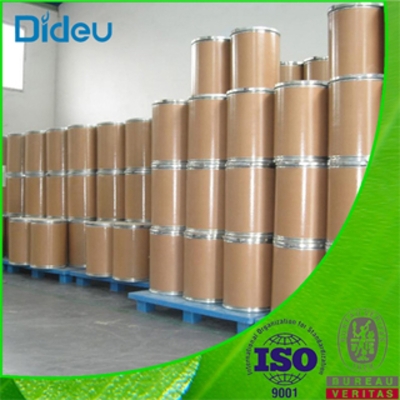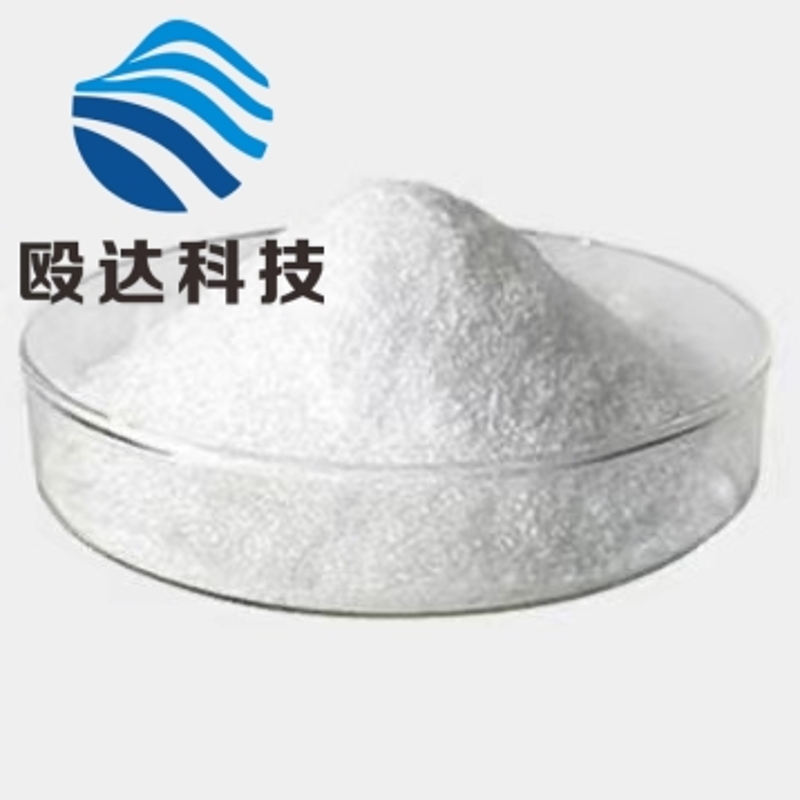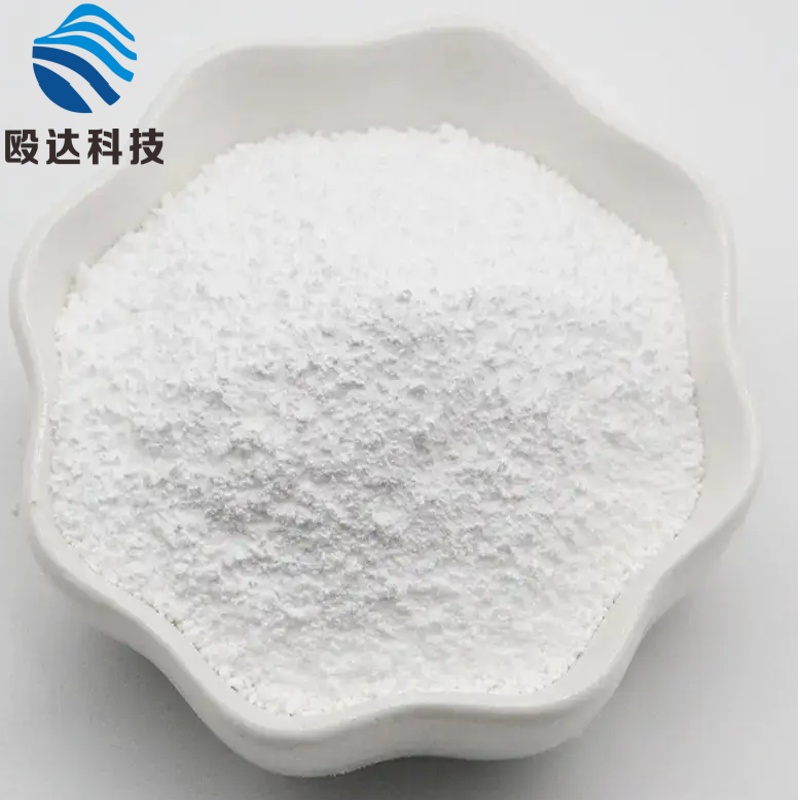Nat Rev drug: disclosure of R & D experience and lessons learned by AstraZeneca
-
Last Update: 2014-05-29
-
Source: Internet
-
Author: User
Search more information of high quality chemicals, good prices and reliable suppliers, visit
www.echemi.com
Source: natural review drug discovery, May 29, 2013, published an article on AstraZeneca's research and development experience and lessons, and analyzed the comparison between the company's products under research and the entire pharmaceutical industry in 2005-2010 The results showed that the success rate of AstraZeneca in the pre clinical and phase I clinical research products was higher than the industry average, but the critical phase II and phase III clinical success rate was significantly lower than the industry average Especially in the second phase of concept validation, the industry average success rate is 29%, while AstraZeneca is only 15% The author concludes that to improve the success rate of R & D, it is necessary to achieve six Correctness: the right target, the right crowd, the right organizational exposure, the right security window, the right market potential, and the right R & D culture Recently, AstraZeneca's R & D success rate has been unsatisfactory Forbes analysts analyzed the input and output of major pharmaceutical companies in 1997-2011, and found that AstraZeneca was the least efficient, with an average investment of $12 billion during this period before a new drug was launched So I think the company is also looking for problems and symptoms This article is very likely to come from this introspection project The success rate of AstraZeneca's drug research and development in 2005-2010 was stranded due to safety factors because of poor clinical effect The article first admitted that relying on quantity was a wrong strategy This idea is very simple Since only one of every 10 drugs that enter the clinical market, we will put more new drugs into the clinical market and hope that the output will increase It was a model that Wyeth R & D director Robert Ruffalo trumpeted at the beginning of the century On the surface, this strategy is stupid It's easy to increase the number of clinical compounds, as long as the standard is lowered But in fact, this strategy has some deep meaning If it is done correctly, it may increase the success rate One of the core factors is the complexity of biological system For new targets, in most cases, we can only know whether a project is feasible in phase II clinical practice For example, the popular Btk inhibitor ibrutinib and the PI3K subtype p110-d inhibitor idellisib have not been prominent before clinical application, and even the PD-1 inhibitor, such as sunrise, has been buried for many years Therefore, if we can reasonably allocate risks and correctly select the quantity model of project composition, we have certain advantages But it is clear that this model is also easy to abuse The most common is that there are multiple candidate compounds in the same project It is mentioned that they have at most 7 candidate clinical compounds at one target, which fail due to the same toxicity This is obviously a waste Their main findings are not very different from the previous similar analysis The core problem is that the requirements for candidate drugs are too low, such as turning a blind eye to preclinical toxicity signals, hoping that they will not be reproduced in patients; even if the efficacy signals are not obvious, they continue to promote common mistakes such as hoping for miracles The most important specific finding is that most preclinical project failures are due to safety problems, and 75% of the side effects are compounds rather than mechanism itself However, 30% of the second phase clinical trials of AstraZeneca compound failed due to safety problems, which is higher than the industry average Half of the clinical safety problems are due to the side effects of the mechanism itself, and half come from compounds This shows that there are system defects in the compounds they designed, and problems in the target they selected (mechanism related side effects, i.e the efficacy and side effects cannot be separated in mechanism) In addition, the author found that compounds without prenatal safety signals are much less likely to fail due to safety problems than compounds with some safety signals in clinical practice, indicating that the preclinical safety model is still quite accurate AstraZeneca clinical 40% failure is due to the wrong target, 29% is because the safety window is too small to reach the treatment dose, only 5% of the failure from the drug generation This can be regarded as the success of the movement of taking Lipinski 5 rule as the nuclear psychological property It can also be understood that the excessive attention paid by the pharmaceutical industry to the pharmacokinetic property may sacrifice other aspects Although there are few failure projects due to drug generation, the cost may be to kill more compounds that could be made into drugs by mistake, reducing the total success rate Another important discovery is the importance of human genetic data and mechanisms 73% of them have human gene data, but only 43% of them have no such data 82% of the projects with biomarkers have reached phase II, while only 30% of the projects without biomarkers have reached phase II Of course, it can also be explained that projects with these two kinds of data are more difficult to terminate because of blind confidence The reason why AstraZeneca's R & D efficiency is lower than the industry average is not likely to be that the level of R & D personnel is not good, but that the company's reward and punishment system encourages the selection of wrong compounds This article is very sincere, and even some people think it's ugly When AstraZeneca rejected the acquisition under the pretext that Pfizer underestimated the quality of its research drugs, it was unclear whether the article, which admitted that its research and development was inefficient in the past, would have a certain negative impact on the acquisition price (although this article may have been accepted and published before the acquisition event) This article has some information that is difficult for outsiders to see It is worth reading Lessons learned from the fate of AstraZeneca's drug pipeline: a five-dimensional framework
This article is an English version of an article which is originally in the Chinese language on echemi.com and is provided for information purposes only.
This website makes no representation or warranty of any kind, either expressed or implied, as to the accuracy, completeness ownership or reliability of
the article or any translations thereof. If you have any concerns or complaints relating to the article, please send an email, providing a detailed
description of the concern or complaint, to
service@echemi.com. A staff member will contact you within 5 working days. Once verified, infringing content
will be removed immediately.







